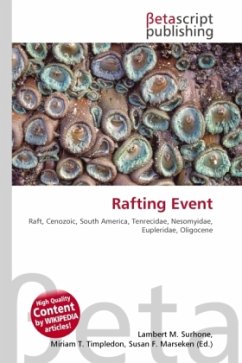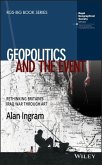High Quality Content by WIKIPEDIA articles! Rafting events occur when organisms transfer from one land mass to another by way of a sea crossing on large clumps of floating vegetation. Such matted clumps of vegetation are often seen floating down major rivers in the tropics and washing out to sea, occasionally with animals trapped on them. Rafting has played an important role in the colonization of isolated land masses, such as Madagascar, which has been isolated for 120 million years (Ma), and South America, which was isolated for much of the Cenozoic. Both land masses, for example, appear to have received their primates by this mechanism. According to genetic evidence, the common ancestor of the lemurs of Madagascar appears to have crossed the Mozambique Channel by rafting between 50 and 60 Ma ago. Likewise, the New World monkeys are thought to have originated in Africa and rafted to South America during the Oligocene, when the continents were much closer than they are today. Madagascar also appears to have received its tenrecs (25-42 Ma ago), nesomyid rodents (20-24 Ma ago) and euplerid carnivorans (19-26 Ma ago) by this route, and South America its caviomorph rodents (over 30 Ma ago).







